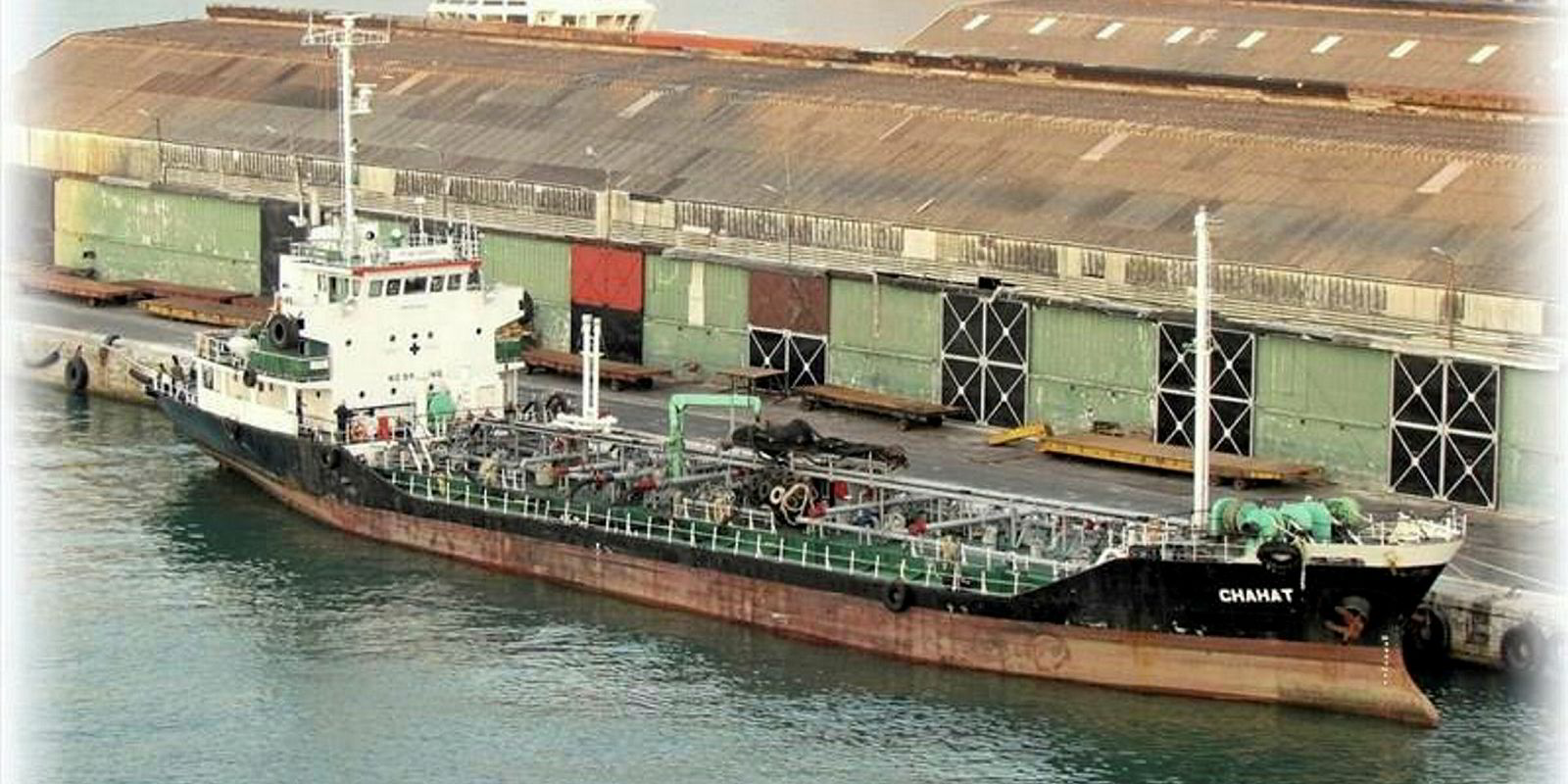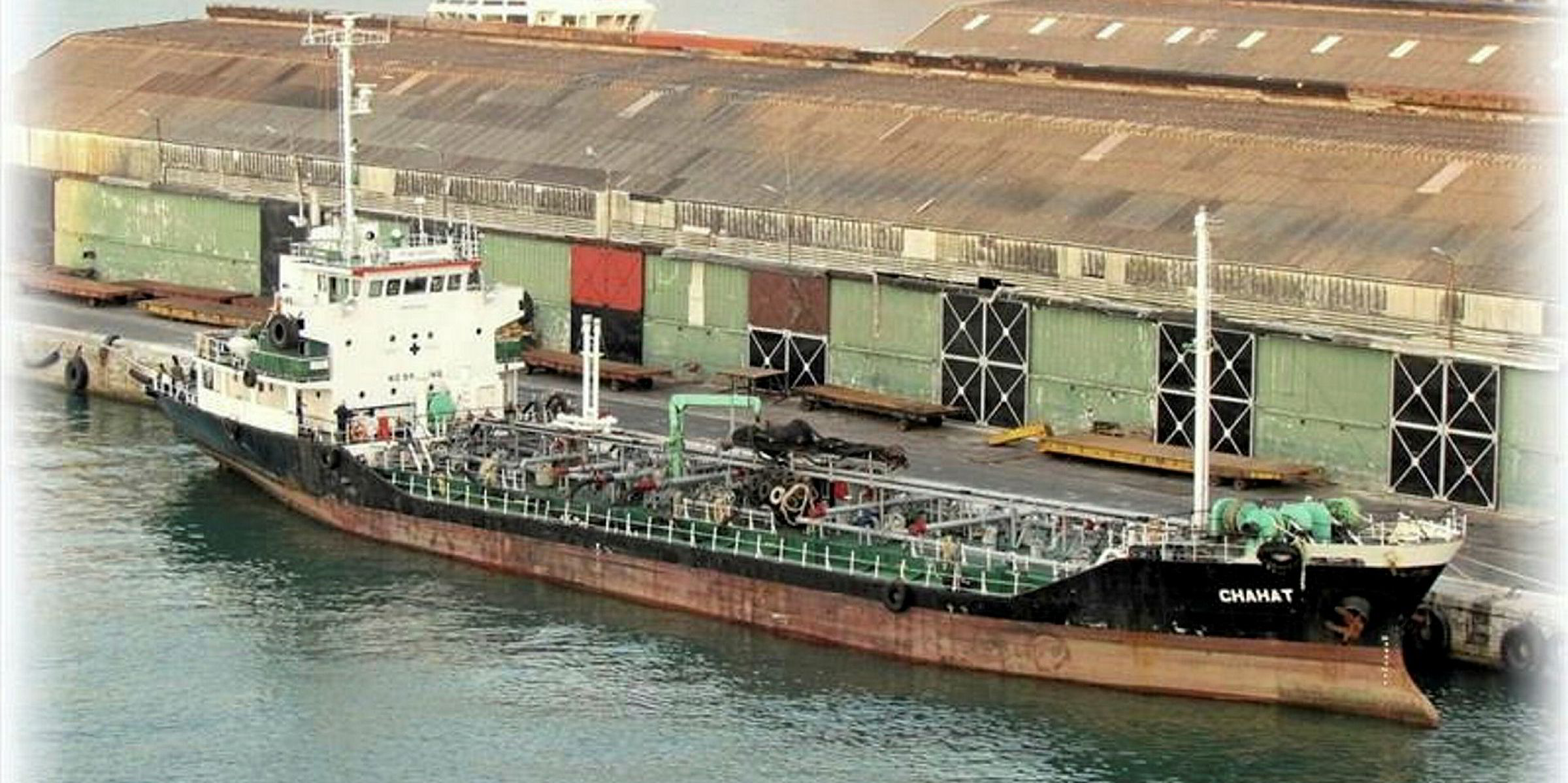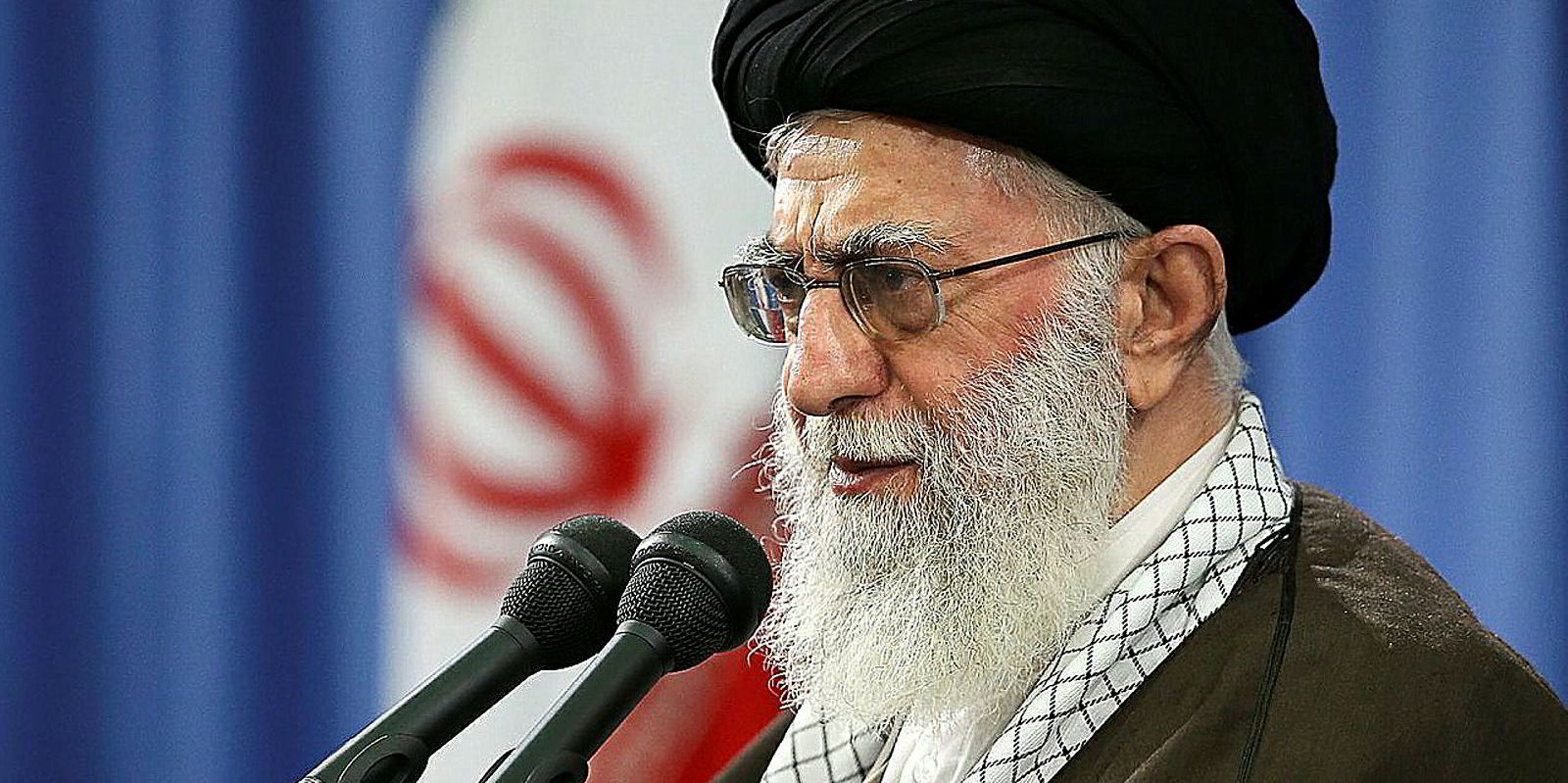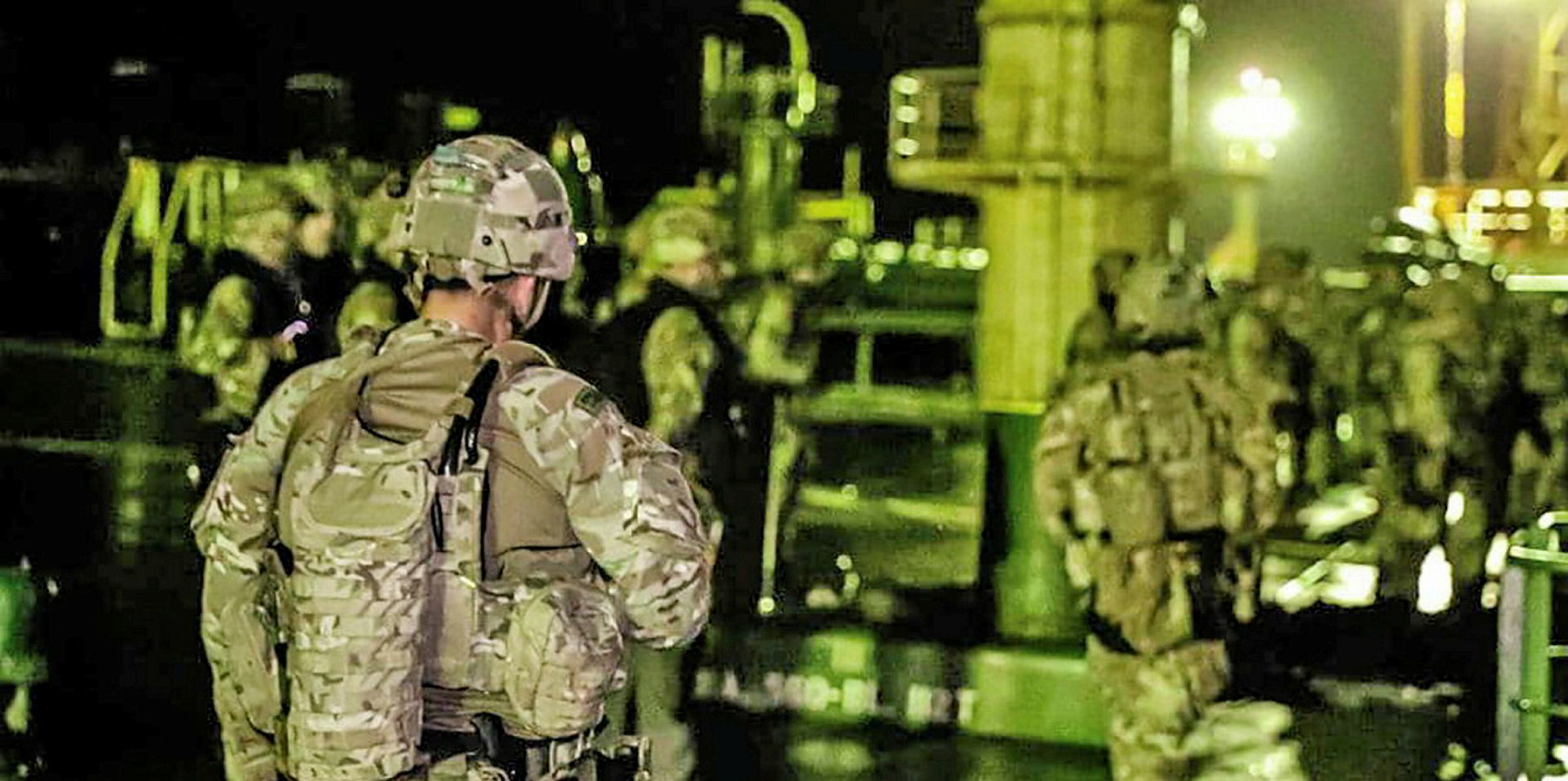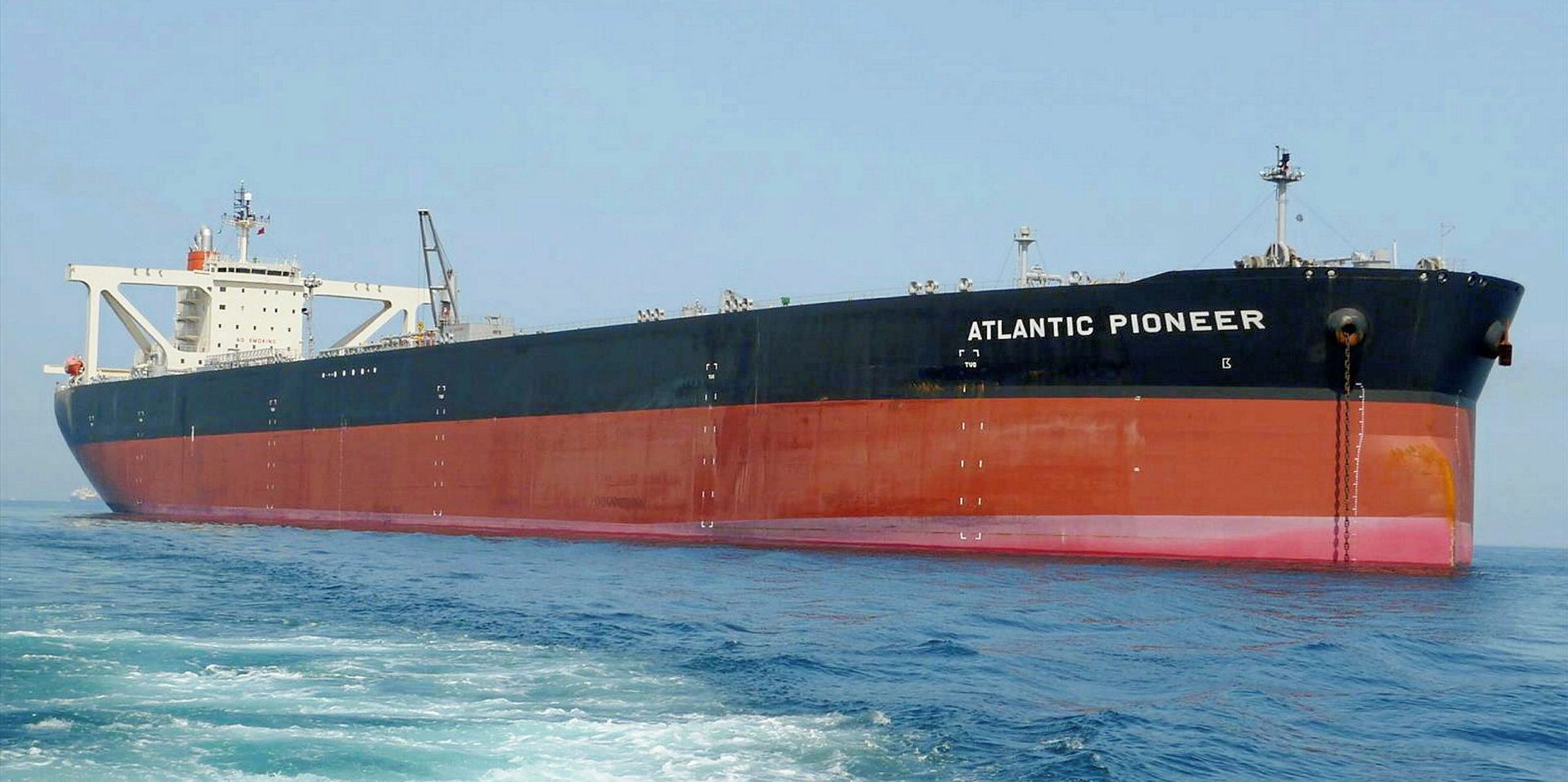A product tanker allegedly hijacked by the Iranian navy in the Middle East Gulf over the weekend spent a longer-than-average time trading with its AIS turned off, analysis shows.
Shipping data-analysis company Windward, which specialises in providing security and sanctions surveillance, said the 1,800-dwt Riah (built 1988) spent 27 days last year “going dark”, as it is known, by turning off its AIS. That compares to an average of just two days for tankers trading in the region.
Going dark
The Riah has also recorded no port calls in the past year.
When it was transmitting data, it seems to have spent most of its time off Oman and the United Arab Emirates. But it appeared to be loading cargo by ship-to-ship transfer near Fujairah while “going dark”. The cargo then seemed to get transshipped to other tankers in Sharjah to be carried to ports in Somalia and Yemen.
The Riah appears to have sometimes loaded cargoes from the 2,950-dwt Lady Sarah (built 1981), which has the same commercial manager, Dubai-based Prime Tankers.
The Lady Sarah had an even poorer record than the Riah, spending “weeks and months” without sending an AIS signal, according to Windward.
One AIS record
There is one AIS record of the ship entering Iranian waters before turning off transmission “for more than a month”, Windward told TradeWinds.
The Riah was feared to have been hijacked by Iranian authorities amid growing tensions in the region following the UK’s arrest of the 301,000-dwt VLCC Grace 1 (built 1997) off Gibraltar for alleged sanctions busting and the subsequent Iranian navy harassment of UK tankers in the Middle East Gulf region.
Other sources reported that the Riah had broken down and had been assisted by Iranian vessels.
The ship’s technical manager, Sharjah-based Mouj-al-Bahar, told TradeWinds that it had no knowledge of the Riah’s trading patterns.
Prime Tankers has said it has no link with the tanker.
